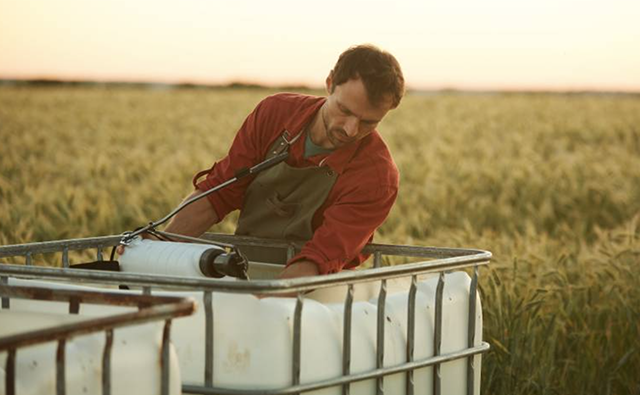Industry News, Agriculture & Feed, Adjuvants
Changing Application Technologies Push Adjuvants to New Heights

Industry News, Agriculture & Feed, Adjuvants

Feature image copyright belongs to croplife.com
Johnnie Roberts, a 45-year veteran of the agrochemical formulation industry with Helena Agri-Enterprises, has witnessed firsthand the dramatic rise of adjuvant use in agriculture.
Roberts calls adjuvants “one of the last art forms in chemistry,” for many of the reasons below.
In 1976, not quite 50 years ago, only three herbicides (Roundup, atrazine, and paraquat) required the addition of a tank-mix adjuvant for optimal performance. In 2022, there are more than 1,000 pesticide labels requiring an adjuvant and more than 2,500 adjuvants from which to choose. According to the Council of Producers and Distributors of Agrotechnology (CPDA), choosing the right adjuvant can impact the performance of the product by up to 50%.
“What is going to drive the adjuvant industry in the future is the part that is interesting to me,” Roberts, CPDA Director of Education-Adjuvant Chemistry, says. “We went from where the active ingredients were driving the technology to now, where it’s going to be the application technology that drives it.”
The net result of this evolution, of course, is efficiency and precision. “We’ll look back on what we’re doing today — broadcast spreading large volumes over the acre — and it will seem so crude.”
In work being done in Asia with drones, fertilizers are used as carriers for applications on rice. Roberts expects this type of low-volume, combined treatment utilizing fertilizer, will make its way to the much larger acreages of other regions.
Biologicals are yet another new frontier for adjuvant development. Roberts pointed to research conducted on adjuvants for use with biologicals to reduce the impact of ultraviolet rays, without being inhibitory or antagonistic to the organism. Coverage is another area they are helping to address, particularly in cotton, to drive the material deeper into the canopy where insects and disease take hold.
Solito Sumulong, Product Development and Regulatory Senior Manager with the consultancy AgriThority, observes that adjuvants have always been developed around some central concept: First the actives, then around genetics, and now automation and analytics.
“Now, we’re getting into a new era where we have considerations like environmental release, the Endangered Species Act, spray drift, and new application techniques such as drones and See & Spray,” says Sumulong.
The new agrochemical customer wants their agrochemical applications to work with their new application methods and with the ease and integrity of a data-backed prescriptive approach.
Companies that develop adjuvants or formulate agrochemicals now must navigate the new constraints that this new world of precision application poses.
While ever-increasing and sustainable demands for yield are the primary reason to choose a path for chemical applications, customers want to avoid consequences, such as spray drift, that run them afoul of regulatory agencies or the good will of their neighbors.
The agrochemical industry has increased its rhetoric around results, services, and solutions versus just economies of scale. “We have to back up that talk,” he says, by developing adjuvants for bio-based actives, and adjuvants that provide new functionality such as controlled release, tank compatibility, and increased safety to workers and the environment.
Regulators are also under pressure to keep up with these new realities and should do so in a uniform way to maintain efficient, science-based frameworks that balance risks and hazards. “We need these technologies with as much speed, predictability, and scientific consistency as possible,” he adds.
Terry Kippley, President of CPDA, and Roberts, shared the top factors driving adjuvant development and use in row crops, as follows:
Dr. Matthew Phillips, Consultant and Advisor to AgbioInvestor points out that major companies are increasingly using differentiation of formulations using advanced adjuvants to gain patent protection, as a key strategy to “fight off” generics in the marketplace — notably in fungicides in Europe.
“Obviously fungicides are much bigger in Europe than in the States, particularly for things like cereals where there is a lot of money made in the market and with the slowdown in new kinds of (active ingredients) coming through,” he says.
Phillips also notes a shift away from plastic-based polymers toward more natural alternatives being used in capsule formulations, due to concerns about microplastics in the environment. However, natural polymers have a disadvantage when it comes to mixing characteristics, creating a more challenging market. Advancements in synthetic polymers being used currently in human medicine formulations show promise but have yet to make any significant impact in agrochemicals due to cost.